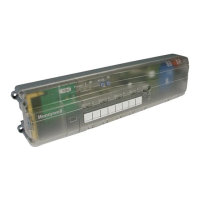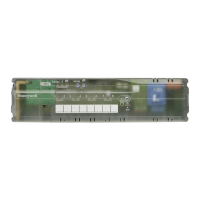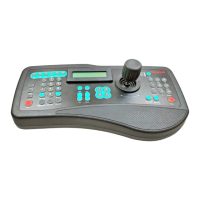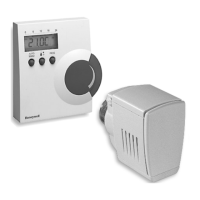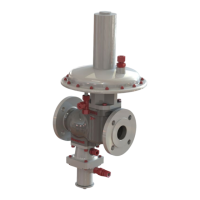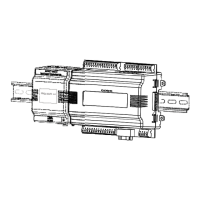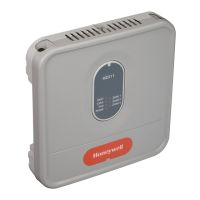Revision 6 HC900 Process & Safety Controller User and Installation Manual 37
21 April 2017
Figure 19 – Modular Network Structure
Connection to PC Hosts
For legacy systems, connection to PC hosts (for example, PCs that include HMI supervisory software
and/or Designer Software configuration software) can be via Modbus/TCP as well as serial Modbus RTU
over either the RS-485 or RS-232 communications ports. Both ports support Modbus RTU and are
configurable as master or slave.
For new systems, connection to PC hosts can be via Modbus/TCP as well as serial Modbus RTU over the
galvanically isolated RS-485 communication ports.
The TCP hosts can be concurrent with Modbus hosts on one or both of the other ports. Any given
controller is capable of concurrent communication with up to 5 TCP hosts on C30/C30S controllers or up to
10 TCP hosts on C50/C50S, C70/C70S or C75/C75S controllers. (The meaning of the term “host” varies,
but for this definition, a PC host is any PC that is on the same LAN as the controller, or on any LAN or
WAN (Wide Area Network) that is network-connected to the controller.
Each HC900 Controller has 5 or 10 “sockets” (software and memory resources), each of which can service
data requests from any networked PC on a client (host)/server (controller) basis. The sockets are available
on a first-come, first-served basis. Typically, when the data service for any PC Host request is completed
or times out, it allows the socket to become available to any other PC Host in the hierarchy of networks.
Note: PDE communications, discussed previously, do not use the PC host connection sockets. PDE
communications are separate from (and are transmitted concurrent with) PC host-to-controller
communications.
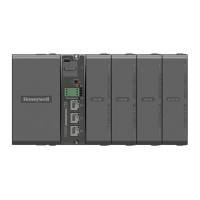
